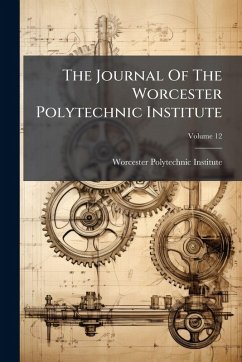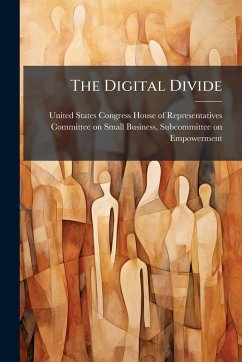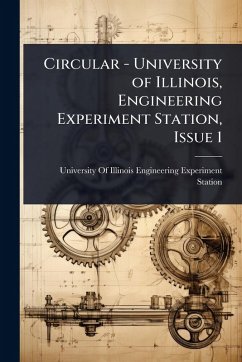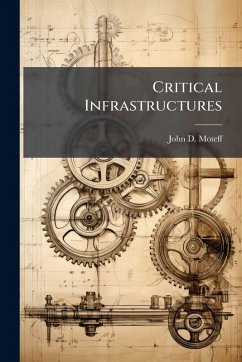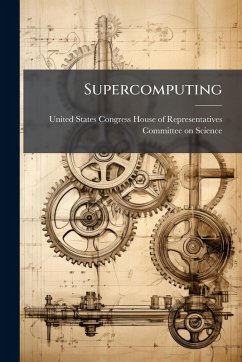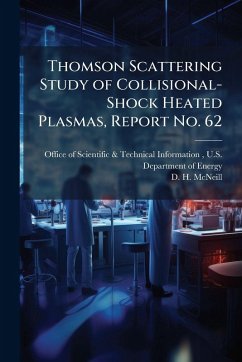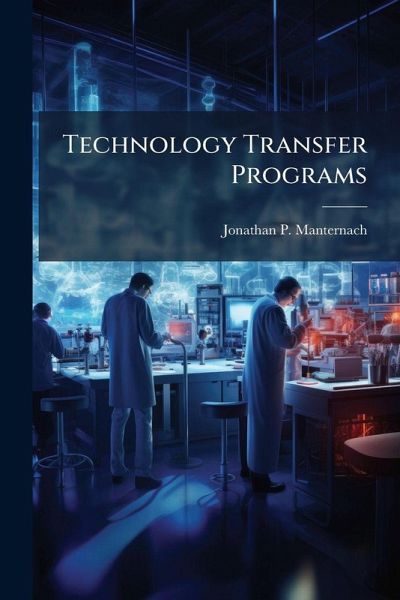
Technology Transfer Programs

PAYBACK Punkte
9 °P sammeln!
With a limited research and defense budget, cost effective methods of meeting security objectives are crucial. An exploratory investigation of Air Force (AF) technology transfer programs will be addressed in this paper. These programs incorporate dual-use opportunities within their portfolio. There will be a description and discussion of the following technology transfer programs: Small Business Innovation Research (SBIR), Small Business Technology Transfer (STTR), Dual-Use Science and Technology (DUS and T), Technology Transfer (T2), and Independent Research and Development (IR and D). In add...
With a limited research and defense budget, cost effective methods of meeting security objectives are crucial. An exploratory investigation of Air Force (AF) technology transfer programs will be addressed in this paper. These programs incorporate dual-use opportunities within their portfolio. There will be a description and discussion of the following technology transfer programs: Small Business Innovation Research (SBIR), Small Business Technology Transfer (STTR), Dual-Use Science and Technology (DUS and T), Technology Transfer (T2), and Independent Research and Development (IR and D). In addition, the description, focus, and requirements of the following technology transfer agreement mechanisms will be discussed: Cooperative Research and Development Agreement (CRADA), Educational Partnership Agreement (EPA), Commercial Test Agreement (CTA), Patent License Agreement (PLA), Technology Investment Agreement (TIA), and Partnership Intermediary Agreement (PIA). A benefit of the technology transfer programs is their enhancement to both U.S. security and competitiveness through investment in dual-use technology This research used a mixed method strategy to collect data, which incorporated data from previous literature on technology transfer, current program data, and semi-structured interviews that included both open and closed ended questions. This method allowed the researcher to converge on the broad results in order to focus on detailed views from the interviewees as well as clarify qualitative data. The findings from this research suggest similarities and differences exist within the technology transfer programs and their agreement mechanisms. Such as project and funding size, as well as scope, and benefits. Finally, the interview process highlighted areas within technology transfer which can be improved. This work has been selected by scholars as being culturally important, and is part of the knowledge base of civilization as we know it. This work was reproduced from the original artifact, and remains as true to the original work as possible. Therefore, you will see the original copyright references, library stamps (as most of these works have been housed in our most important libraries around the world), and other notations in the work. This work is in the public domain in the United States of America, and possibly other nations. Within the United States, you may freely copy and distribute this work, as no entity (individual or corporate) has a copyright on the body of the work. As a reproduction of a historical artifact, this work may contain missing or blurred pages, poor pictures, errant marks, etc. Scholars believe, and we concur, that this work is important enough to be preserved, reproduced, and made generally available to the public. We appreciate your support of the preservation process, and thank you for being an important part of keeping this knowledge alive and relevant.




